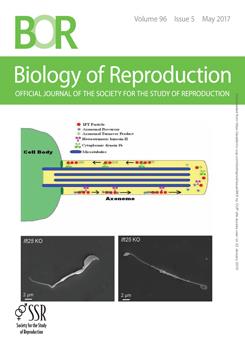Carnivores are an interesting model for studies of embryonic amino acid metabolism and ammonium (NH4+) toxicity given the high-protein content of their diets. Our objectives were to examine concentration- and stage-specific effects of essential amino acids (EAA; 0×, 0.125×, 0.25×, 0.5×, or 1.0× the concentrations in Minimum Essential Medium) and NH4+ (0, 300, or 600 µM) on the development and metabolism of feline embryos. The presence of EAA, regardless of concentration, during days 3–7 of culture increased (P < 0.01) the proportion of embryos that initiated hatching (>14.3%) and the total number of cells per blastocyst (>148.3 cells) compared to embryos cultured without EAA (0.0% and 113.2 ± 3.7 cells, respectively). The presence of EAA during days 1–3 (0.25×) and 3–7 (1.0×) of culture increased (P < 0.01) the proportions of embryos that formed blastocysts (82.9 ± 4.2%) and initiated hatching (32.9 ± 5.2%), and the number of cells per blastocyst (247.9 ± 12.1 cells), compared to control embryos (60.0 ± 5.3%, 0.0%, 123.2 ± 8.1 cells, respectively). The presence of NH4+ in the medium did not affect (P > 0.05) development of feline embryos. The addition of EAA or NH4+ during culture did not affect (P > 0.05) the production of Gln by feline embryos, but decreased (P < 0.05) production of Ala and increased (P < 0.05) production of urea. Additional work is needed to determine if our observations are unique to feline embryos or reflect an adaptation to a high-protein diet that is conserved in other carnivores.
Summary Sentence
The development of feline embryos (blastocyst formation, blastocyst cell number, and hatching) was improved by the inclusion of the essential amino acids in the culture medium, but was unaffected by concentrations of ammonium that are inhibitory to the embryos of other species.





